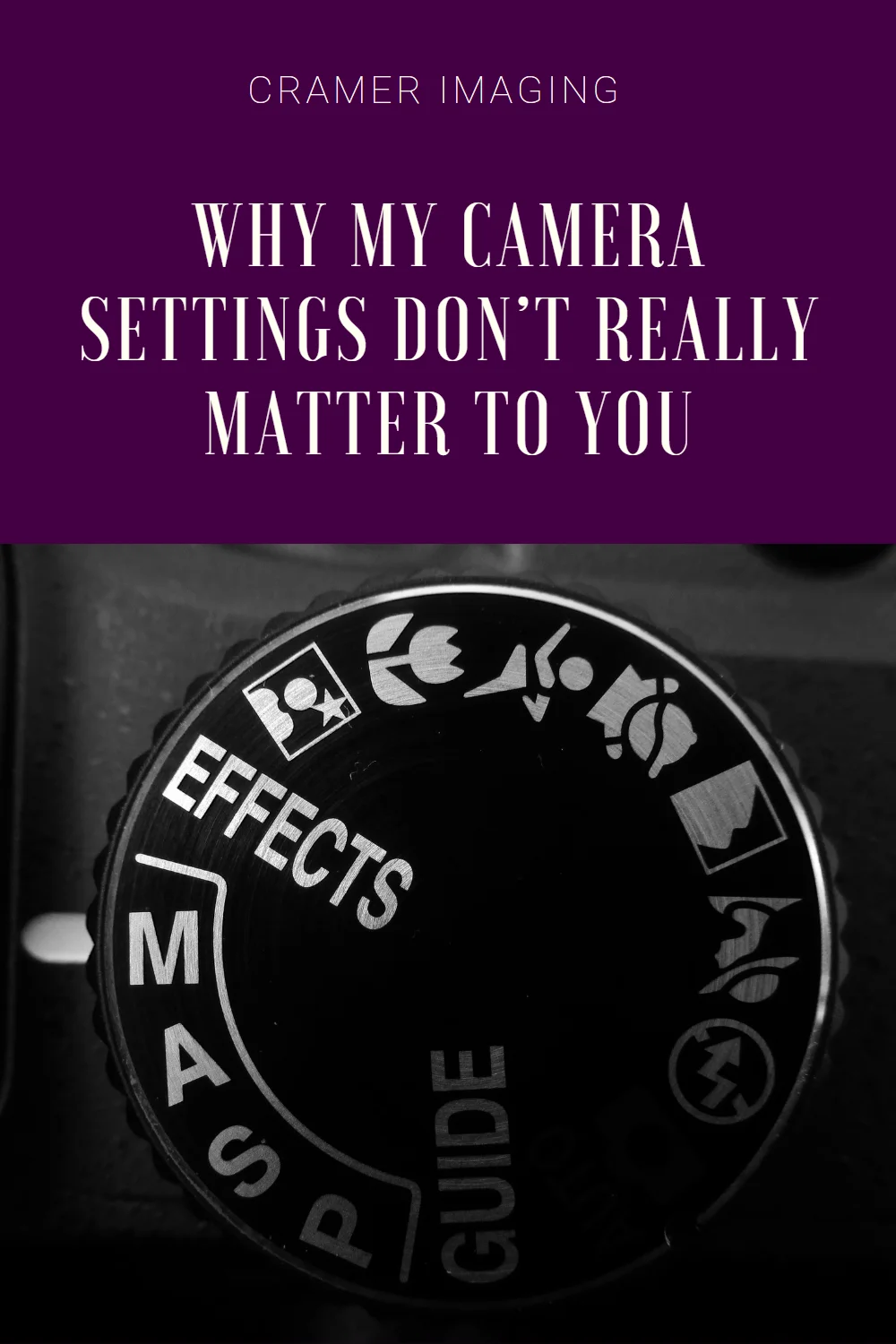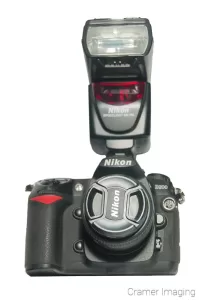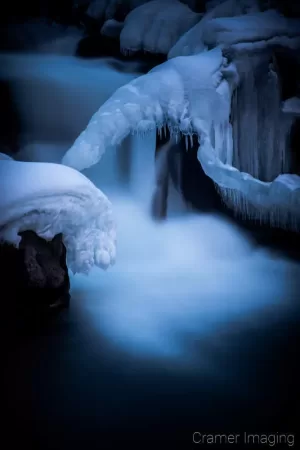
I get a lots of questions why I don’t share my camera settings with all of you when I post something new. I don’t share them here or on social media or anywhere really. Some people don’t understand that. Here’s why I don’t share my camera settings.

Have you ever looked at a painting and asked what kind of paint brush did the artist use? How about asking what kind of potter’s wheel which the potter used to make a piece of ceramic? Ever asked what kind of chisel the sculptor used on a stone sculpture? How about what kind of soldering iron the jeweler used on a piece of jewelry? Have you once asked what computer specs or word processing software the writer used to write a book? Are you starting to see a pattern here?
Camera settings are a crucial part of how I create a photo. They are inescapably important tool. I can’t make a proper fine art photo without paying attention to them. I know this. However, I also know that once the image is made, the camera settings, just like all those other tools, cease to be quite so important. Why? Because the conditions in which those setting are useful have ended.
When I was starting photography and learned the basics DSLR camera operations, I too got into the “what camera settings did you use to get that shot?”. I would see works of photography art created by masters of both the past and present and wonder what settings they used to get that shot. I would become disappointed and even angry when I couldn’t find out. It took me a while to understand why this was happening.
After a few years, I eventually realized that the reason I wanted to know what an individual photo’s camera settings were was entirely because I was hoping to learn how to duplicate that shot. If I found myself in that same place, I wanted to be able to create that same shot or very similar for myself. I thought that knowing the camera settings would teach me what I needed to know to create photos like that. I thought it was a shortcut. However, I was wrong.

Not only was this kind of thinking stopping me from really learning how the use the camera for myself, I was also stifling my own creativity in the process. While getting lost in how I wanted to create photos like others did, I wasn’t creating my own visions and learning what I liked and how to create it for myself.
There is a time and a place to learn about camera settings. Seeing specific examples of what f/5.6 vs. f/20 does is a great way to learn about how aperture and depth-of-field works. It’s the same as learning how to use a hammer or drive a car. Once you are past basics, learning others’ camera settings will not help you create the art you want to create.
There’s only one way to create the kind of art in photography which you are hoping to create. It’s not glamorous, it’s not easy, it’s not fun either. It’s lots of hard work, full of trial and error, trying something over and over till you get it right or learn why it won’t work. Along the way, you develop the feel for what settings to use to make your vision come to life. It’s a long and hard road but it’s worth it in the end.
For those of you still obsessed with taking the “short-cut,” I do share some of my camera settings. I even share the camera gear used to create my fine art, landscape, and nature photography. You’ll find them exclusively in my email series “Photo of the Week”. You can also find some in my eBook on the Grand Teton Council collection (link in the sidebar). I don’t talk about every photo I’ve ever taken but I do share that information for those interested.
If you want to join my “Photo of the Week” email club, then fill out the form below and you’re in. We’ll see you there.


Receive monthly updates in your inbox from us.

Join our email-only photo of the week club to get the full stories behind how we captured our favorite fine art landscape photos.
We respect your privacy
No More Results